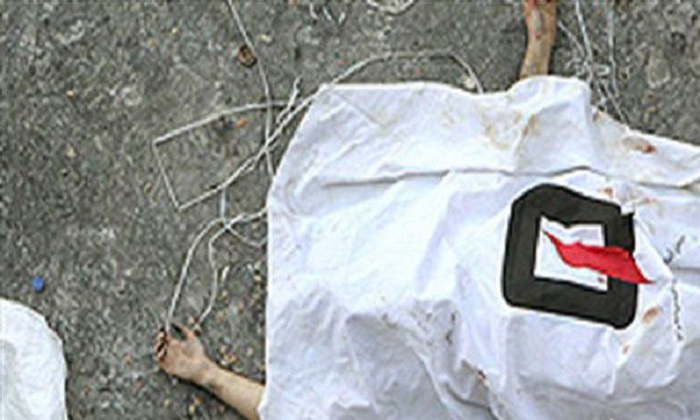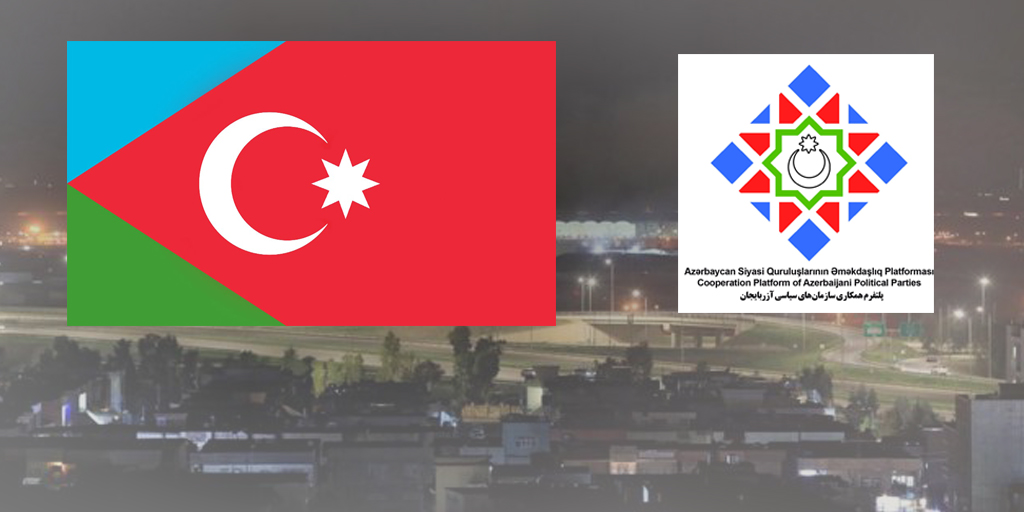Nomadic life Under Threat in South Azerbaijan (Photo Gallery )

Araz News: At the wake of the hot and cold seasons, they travel for miles, their whole life packed on their backs, with their animals. Moving from pastures to their winter camps, and back, the Shahsavan, Azerbaijani-Turkish speaking nomads, wander across the mountains and plains around Ardabil, in northern Iran, on the move seven months of the year.
Their houses are tents, each tent has a story. Memories of the alachigh, every Shahsavan who was born remains with them, they can have nicknames after historical events or the tribe’s milestone moments. The dome-shaped alachigh feature a hard flooring where stones are posed in a sigmoid-modeled design, thus avoid the wool belongings to touch the ground and absorb its humidity.
Manning cattle and flock is no work for the faint of heart and the Shahsavan are tough people, enduring long journeys and extreme changes in temperature and latitude – the tribes travel from the 40 meters above sea of the Aras River in the Moghan steppe to the green pastures of the inactive stratovulcano, Savalan, whose permanent crater lake sits at over 4,800 metres high in the mountains. In Ardabil they share this way of life with the Qara Daglilar, or the black mountain nomads. No exact data exists about how many nomadic tribes are still alive in Iran; experts settle at an estimate of 1,5 million in 2015. Certainly the population has been shrinking dramatically – in 1986 the Social, Economic Census of Nomads recorded around 6,000 Shahsavan families, and in 2006 it was down to 63 for a total of 252 individuals.
Lines of camels used to define the caravan flow. Today horses outnumber the camels – regarded more as noble animals, horses are a dream for the children who long to become expert riders.
Animals mark the nomads’ prosperity – the larger the flock, the wealthier the family. Once a year they pay a lump sum to the revenue office in lieu of taxes. When on the move, one shepherd focuses on the flock, leading up to 1,000 sheep, while the others take care of the few cows and camels. In the XXI century though, offers of some additional amenities and today’s family transfers happen by car.
The origins of the Shahsavan are shrouded in the fog of history, lost on the track of their journeys, sometime between the XVI and the XVIII centuries. The term Shahsavan literally means ‘protectors of the king [shah]” and it is believed to refer to the tribe’s loyalty and religious devotion to the Safavid kings. According to other sources though, the name indicates that they have been guarding one of Iran’s remote frontiers in the north. They reject any labels, claiming that they moved to these lands from Anadolu, the Turkish name of Anatolia, in western Turkey.
Shahsavan women break the stereotypes surrounding traditional groups – beautiful, strong, and brave – they have been fighters throughout the nomads’ history, gaining honor and respect. So much so that they participate in the tribe’s festivals featuring demonstrations and competitions on horses.
Legend has it that one day a Shah called Shahsevan’s Nurullah-bey (a Turkish title used for small tribes’ leaders) to Tehran.
“Where is the force?” the Shah asked.
“In gunpowder,” Nurullah answered.
“What is pleasure?” the Shah then inquired.
“The meat” Nurullah replied.
“Whose women are the most beautiful, yours or mine?”
“Mine,” Nurullah responded.
The Shah got angry and challenged him. “Why did you say that”?
Nurullah replied. “If it rains for 24 hours, and both our women will stand under this rain, the drops will clean the make-up from the face of your women, but the dust from mine. Then we will see whose women are more beautiful.”
Covered with silk kalagayi, the headscarf sometimes is used to cover a child, Shahsavan women are involved in handmade items creating things from wool like kilims, socks, gloves, carpets, and etc.
In 1926 nomadic groups rebelled to Reza Shah Pahlavi, the father of Iran’s most recent shah, dethroned in 1979 by the revolution that was led by Ayatollah Khomeini. The shah considered the way of living of non-Persian nomads as a political threat and the tribes were discriminated.
Richard Tapper, emeritus professor of Anthropology at the School of Oriental and African Studies (SOAS) at the University of London and a leading expert on the Shahsavan nomads, wrote in his “The Nomadic Peoples of Iran”:
“We used to move together with the Mughanlis [another nomadic tribe], and when the government took the weapons from our hands we decided to separate. Also, we could not pay taxes for two years. The Mughanlis proposed to sell the pastures, but we said we will sell our women’s and children’s clothes but not our lands.”
By the mid-1930s, the shah enacted harsh policies against the nomadic communities in a move to centralize and modernize the newly-established state. Leaders were imprisoned and executed, or exiled and people were forced to settle in villages. Their precious tents were burnt to ashes. The areas assigned by the authorities were inadequate to nomadic pastoralism and agriculture and the resulting economic constraints led the Shahsavan and other groups to resume their migrations and revive a loose tribal confederacy, causing problems to the Anglo-Soviet occupation forces during the Second World War and the subsequent Democratic regime established in 1946.
After decades of relative peace under the Pahlavi dynasty, the Shahsavan were among those who participated in the Khomeini-inspired revolution of 1979, but they did not play a relevant role. Yet, a few community leaders were killed. The new regime renamed them – from Shahsavan they became the Elsevan, those who love the people.
Since then, the long journeys have shrunk and permanent settlement has slowly crept in, also aided by the Iran regime policy to settle the nomads in South Azerbaijan. The Shahsavan-now-Elsevan’s centuries-old pastoral nomadism seems to be having its hours counted.
By-Monica Ellena























